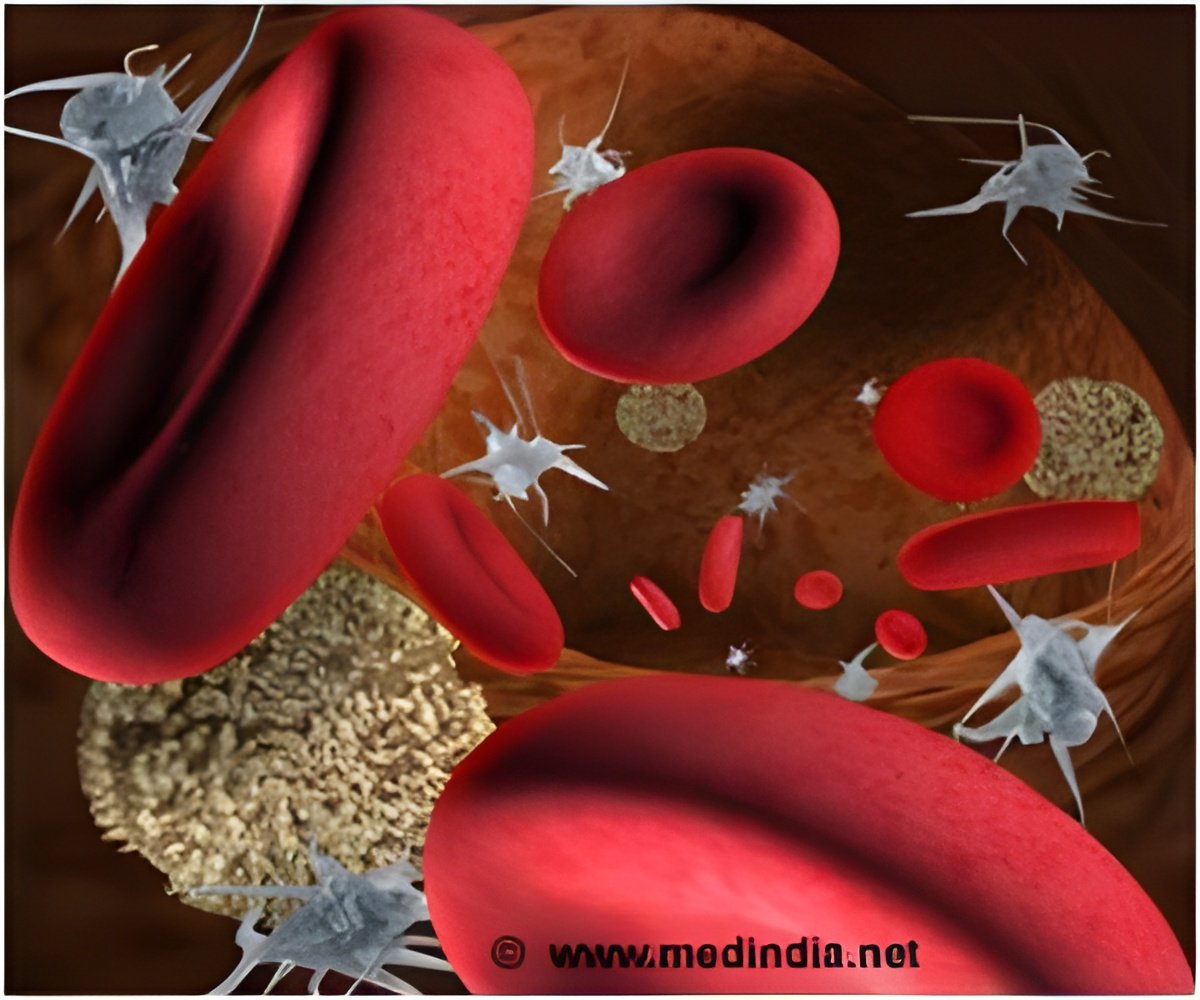Cells from the non-viable tissue remaining after burn injury, which are normally removed to prevent infection, can be a source of mesenchymal cells that may be used for tissue engineering

"In this study we used mouse models to investigate whether eschar-derived cells fulfill all the criteria for multipotent mesenchymal stromal cells as formulated by the International Society for Cellular Therapy (ISCT)," said study co-author Dr. Magda M.W. Ulrich of the Association of Dutch Burn Centres, The Netherlands. "The study also assessed the differentiation potential of MSCs isolated from normal skin tissue and adipose tissue and compared them to cells derived from burn eschar."According to the researchers, advances in burn treatment have meant that the percentage of patients surviving severe burn injuries is increasing. This escalating survival rate has also increased the number of people who are left with burn scars, which lead to functional problems with the skin, such as contracture, and the social and psychological aspects of disfigurement. Tissue engineering to rebuild the skin is the most promising approach to solving these problems. However, two problems arise with tissue engineering – the source of the cells and the design of the scaffold aimed at creating a microenvironment to guide cells toward tissue regeneration."The choice of cells for skin tissue engineering is vital to the outcome of the healing process," said Dr. Ulrich. "This study used mouse models and eschar tissues excised between 11 and 26 days after burn injury. The delay allowed time for partial thickness burns to heal, a process that is a regular treatment option in the Netherlands and rest of Europe."The researchers speculated that during this time the severely damaged tissues could attract stem cells from the surrounding tissues, as elevated levels of MSCs have been detected in the blood of burn victims. "MSCs can only be beneficial to tissue regeneration if they differentiate into types locally required in the wound environment," noted Dr. Ulrich. "We concluded that eschar-derived MSCs represent a population of multipotent stem cells. The origin of the cells remains unclear, but their resemblance to adipose-derived stem cells could be cause for speculation that in deep burns the subcutaneous adipose tissue might be an important stem cell source for wound healing."The researchers concluded that more research is needed to identify the origins of the stem cells they found in burn eschar, their possible link to myofibroblasts, and how their function is influenced by the wound environment."This study demonstrates that the body's attempts to heal itself frequently require additional help to maximize the impact of these efforts," said Dr. Amit N. Patel, director of cardiovascular regenerative medicine at the University of Utah and section editor for Cell Transplantation. "Enhancing the endogenous production of MSCs, or transplantation of exogenous cells following burn injury, could prove useful in the remodeling of burnt tissue. Determining the original source of the cells is likely to be an important factor in developing an autologous (or otherwise) therapy."
Source-Eurekalert










